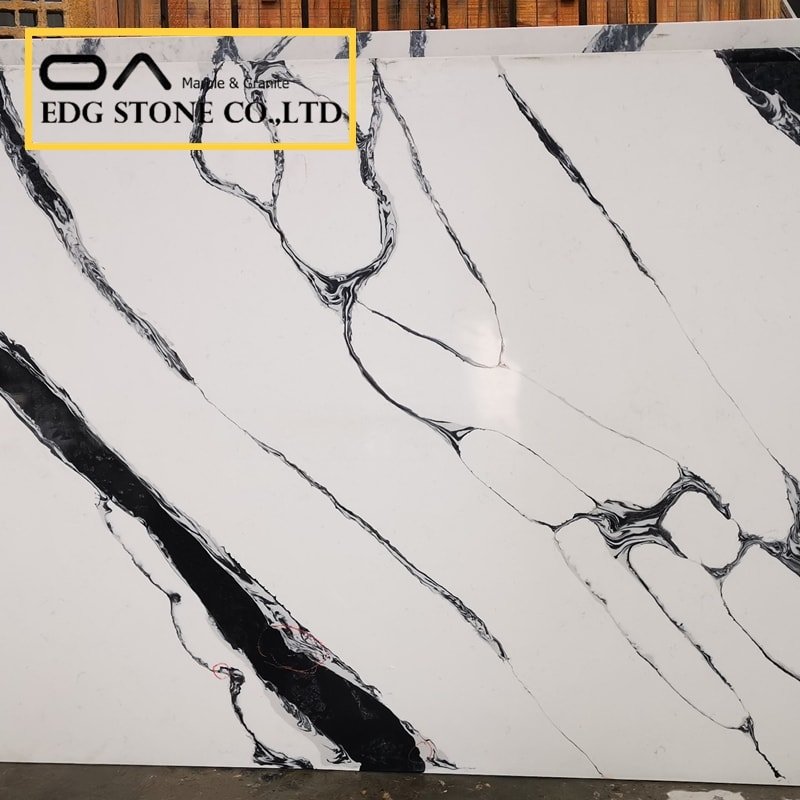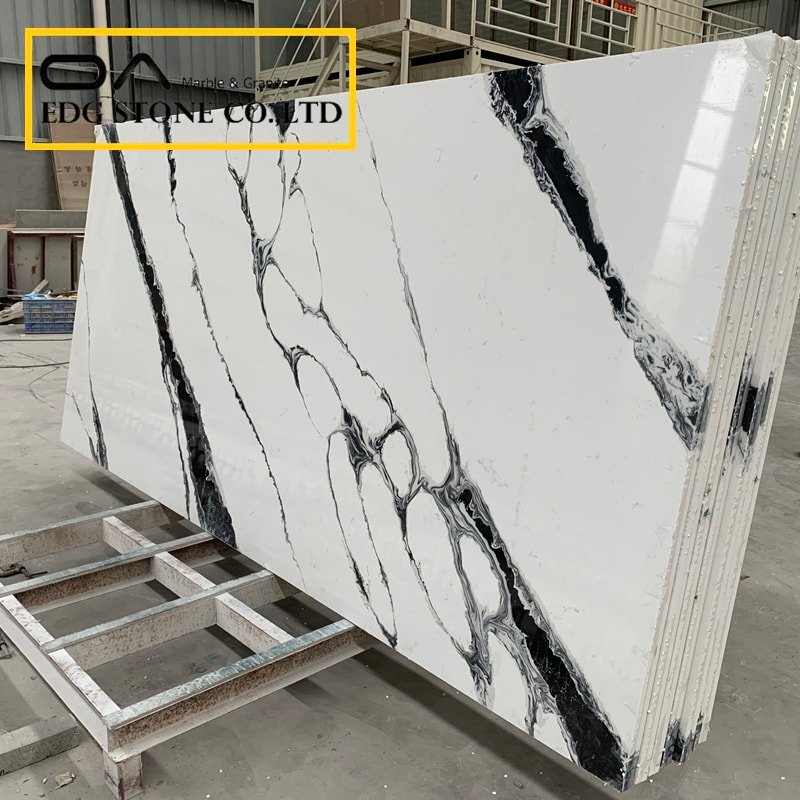Can the stone be washed with water? I believe that all the “brick families” who have dealt with stone for many years can answer this question with their eyes closed. However, should water be used, and how can water be scientific?
Can the stone be washed with water?
Stone cleaning has been a problem for a long time! What is used for cleaning without water? However, for stone cleaning, if the water is improper, it will not only make the stone more and more dirty but even lead to greater lesions and pollution.
Washed out contamination and lesions:
Washed out contamination and lesions
Why is the stonewashed out with more lesions and contamination?
This also starts with the structure of the stone itself.
What are the characteristics of stone? What role do these properties play in the contaminated lesions of stone? How does water use these properties of stone to infringe on stone?
Stone properties
In a nutshell, the characteristics of the stone itself that cause the pollution lesion of the stone (the more washed and dirtier) are mainly 3 points (or more, the editor only talks about the focus):
First, the porosity of the stone;
Second, the adsorption of stone;
Third, the multi-mineral structure of the stone.
– “Discovering Different Stones”
1. Porosity – a big hard wound of stone!
Any stone pollution, or any pollution of stone, is inseparable from “porosity”. Where there are holes, there is capital that hides dirt. Water is meticulous on the stone, and any void will become a channel for moisture to invade the stone.
Porous stone (there are smaller holes that are invisible)
After the water enters the stone unimpeded, the pollutants carried by it will, of course, enter the stone void smoothly, or even deeper, causing stone pollution. I believe that people outside the industry can understand this, so it doesn’t take much ink!
The more the stone is washed, the dirtier it gets, and that’s not the main reason!
2. Adsorption – stone likes to be polluted
Any object has a certain adsorption, and stone especially likes adsorption. This is also why the clean stone surface is covered with dust after a while.
Not only stone adsorbs dust, everything has adsorption
There are a lot of particles in the air, and PM2.5 is no stranger to everyone, but stone can absorb smaller particles than PM2.5 (much smaller than visible dust). Quantitative change causes qualitative change, and no matter how clean the stone is, it is inevitable that it will not be polluted.
Mopping the floor with water The stone changed from “fake dirty” to “really dirty”
At this time, washing with water is undoubtedly worse for stone. Not to mention that the water is not clean, the dust adsorbed on the surface of the stone enters the pores of the stone under the infiltration of water. Originally, it was just surface pollution “fake dirty”, but it became “really dirty” when exposed to water!
In this way, the stone is washed more and more dirty!
3. Multi-mineral structure – the chemical perspective of pollution
If ordinary dust pollution, can be tolerated; Then chemical factors, not only pollution but even cause various lesions of the stone, such as rust yellow, stains, and cracks…
First, look at the mineral structure of the stone itself. The stone contains calcium, iron, magnesium, and potassium… The situation is complicated.
Different colors are different elements (pictures are more intuitive than element analysis tables)
Let’s look at the properties of water. Everyone knows that water (H?) O) is a neutral substance, not acid or alkaline. However, water is an extremely weak electrolyte that ionizes small amounts of H+ and OH- (higher-order chemistry, not explained) at room temperature. Therefore, water at room temperature has a certain oxidation and can chemically react with some minerals in the stone.
When the stone meets water, calcium is lost and light is lost
What’s more, the pollutant particles brought into the stone by water, which are not acids or alkalis, are very popular with the mineral elements of the stone itself. In this way, after a series of reactions, the stone will appear yellowing, rust yellow and other lesions.
Under certain conditions, such as the winter temperature below 0 °C, the water that penetrates into the inside of the stone will freeze. The volume of water freezing will become larger (the volume of water freezing increases by 1/10), which will cause stone cracks.
After contact with water, the stone will have many symptoms
The above reasons, causing stone lesions, are far more serious than simple dust pollution, then it is not so simple as being dirty, it is sick!
For various reasons, a serious question is raised to us – how to wash the stone cleaning?
Water still needs to be used – but it needs to be used!
It is unavoidable to clean with water, and of course, it is impossible to talk about cleaning without water. However, in front of the stone, there is no need to talk about watercolor change. Scientific cleaning, reasonable water use, and making the stone clean and shiny, it is not difficult to achieve.
Conventional water cleaning is bound to cause stone pollution and lesions. How to clean the pollution cleanest, so that the role of water in the stone pollution is minimized, here is a summary of the current mature, operable experience and methods, to share with you:
1. Push the dust
For ground that is only contaminated by floating dust, it is enough to remove the dust with dust pushing. If it is cleaned with water, it will bring dust to the pores of the stone, causing the stone to become dirtier and dirtier the more it is washed. For example, even if the glass is dirty, it must be wiped with a dry rag, and even if it is cleaned with water, it must be scraped with a dry rag or glass at the end to be clean. The dust on the surface of the stone is not recommended to be cleaned with water as a last resort. Dust push can solve the problem, do not use water!
2. High-power suction vacuum cleaner to assist in cleaning
This method is believed to be used by everyone, and the reason for using high-power suction vacuum cleaners is to reduce the time that water stays on the stone and minimize the intrusion of fine particles on the stone surface or air due to moisture infiltration.
The purpose of cleaning is nothing more than to dissolve the pollutant and then take it away. I believe that there is nothing more thorough than a high-power suction vacuum cleaner to take away sewage! The high-power suction vacuum cleaner can remove more than 95% of the sewage
3. Electrolyzed water heating and cleaning
I believe that everyone should have heard of electrolyzed water, and there are currently electrolyzers on the market. Through the water of the water electrolysis machine, on the one hand, various ions in the water are treated, the original oxidation in the water is reduced, and the chemical reaction with stone minerals is reduced; On the other hand, the water can be warmed.
An important advantage of warm water cleaning is that it can accelerate the dissolution and decomposition of pollutants (high temperature, fast molecular movement), complete the cleaning work in the shortest time, and also avoid the invasion of water-carrying pollutants.
4. Pharmaceutical cleaning
For stubborn stains, water can no longer be cleaned, and professional stone cleaning products are required. Cleaning stains is nothing more than two steps: the decomposition of the stain and the rinsing of the stain. Professional stone cleaning can decompose the stains on the surface of the stone without reacting with the stone minerals. It is then washed with a large amount of clean water (or electrolyzed water), which dilutes the cleaning agent and flushes away the contaminants.

Of course, as long as water is used, it is recommended to use a high-power suction vacuum cleaner.
Stone protection:
After all, cleaning with water is a cure for the symptoms but not the root cause, and in order to efficiently solve the problem of stone pollution (including water pollution), it is necessary to protect the stone. The purpose of protection is to form a layer of protection on the surface and inside of the stone, simply put, the protective material covering the surface of the stone, which can form a larger molecular tension, block the moisture on the surface of the stone, and reduce the permeability.
Water is the source of stone pollution, water cannot penetrate, and stone pollution is of course prevented!










